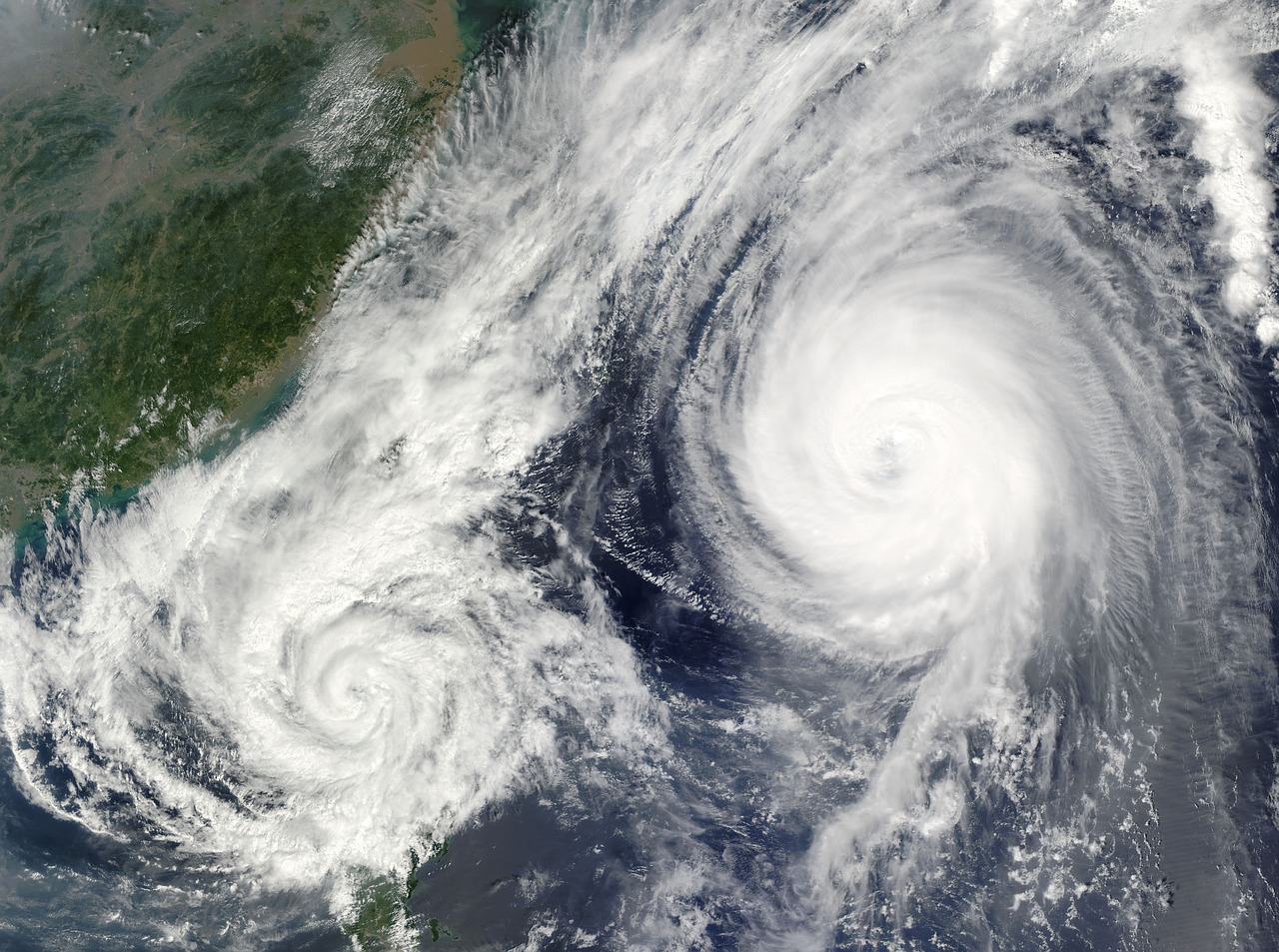You have most likely heard of typhoons and hurricanes before especially if you live next to an ocean. However, you may not exactly what a typhoon or hurricane is and what makes them different from each other.
Hurricane Information
Hurricanes can be huge storms and can cause a lot of damage when they make landfall. Larger hurricanes can be up to 600 miles across and can have winds that vary between 75 to 200 miles per hour. Hurricanes can last for different amounts of time as their strength and speed depend on a lot of different factors. However, most hurricanes last for about a week as they build strength and speed before they make landfall. Not all hurricanes will make landfall as sometimes they lose strength and either dissipate or become a tropical storm.
Hurricanes are formed by gathering heat and energy through contact with warm ocean waters. This is helped by the evaporation from seawater that increases the power of the hurricane. When you think of a hurricane you probably picture a huge white swirling cloud with a spot in the middle of it. That is because hurricanes are known for their large swirling clouds that spin around the “eye”. The “eye” is in the center of the storm and is the calmest part as it only has light winds and calmer weather. When a hurricane makes landfall it can cause very serious damage to buildings, landscapes, and anything in its path.
Hurricanes vs. Typhoons
Hurricanes and Typhoons are actually the same type of weather event. They occur when wind moves into a low pressure area that has warm water and vice versa. The main difference between a hurricane and typhoon are where they form. A typhoon is what a storm is called that forms in the Western Pacific and a Hurricane is what a storm in the Atlantic Ocean and Eastern Pacific are called. Hurricanes often form out in open water and then move at various speeds towards other areas and the same goes for typhoons. Another difference between hurricanes and typhoons is that hurricanes often have winds that are a little faster than the typical typhoon. However a storm is only classified as a hurricane or typhoon if the storm winds reach at least 74 miles per hour.
Having hurricane information is a great way to be prepared especially if you live in an area that is often effected by this type of weather event.

